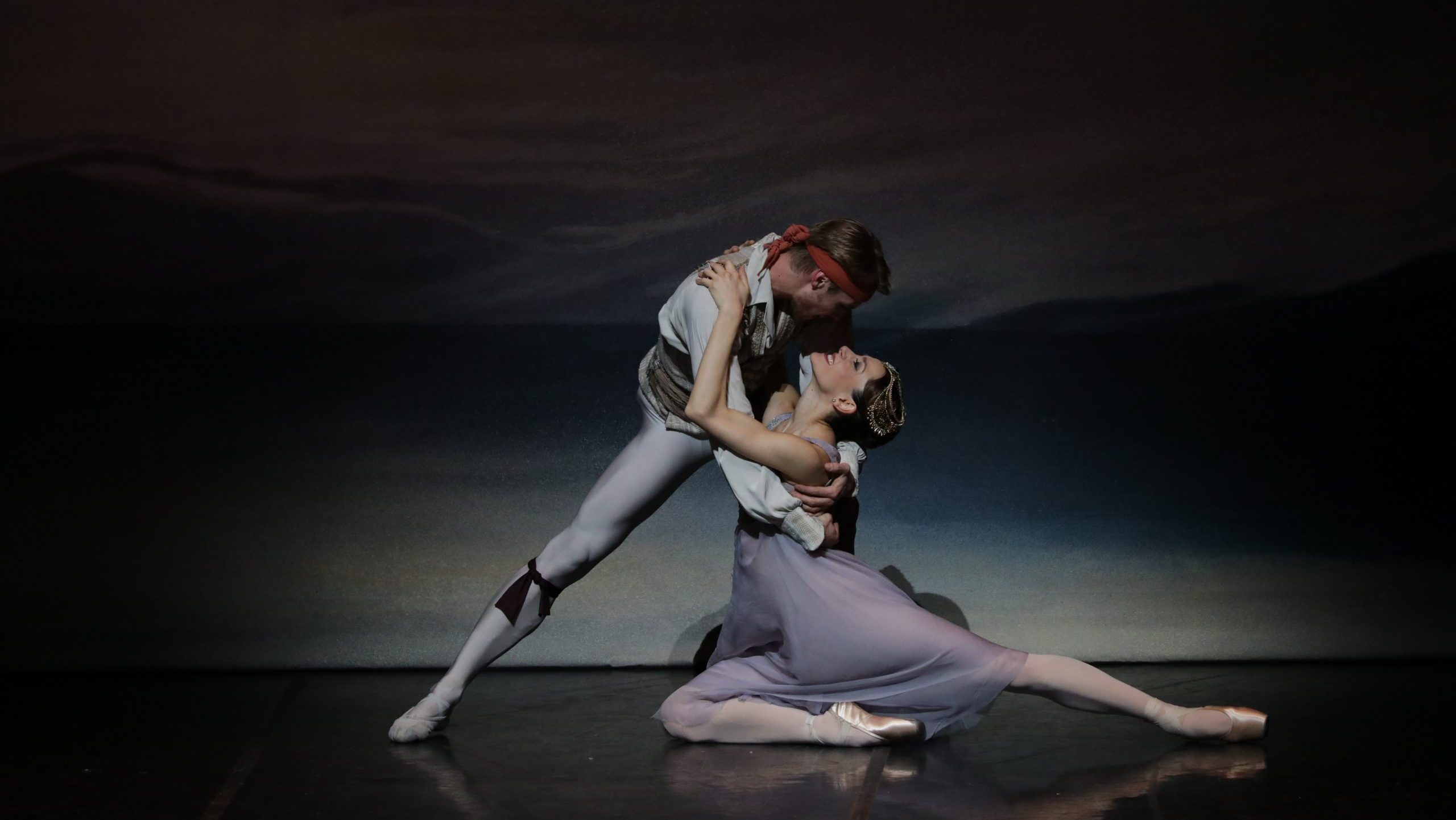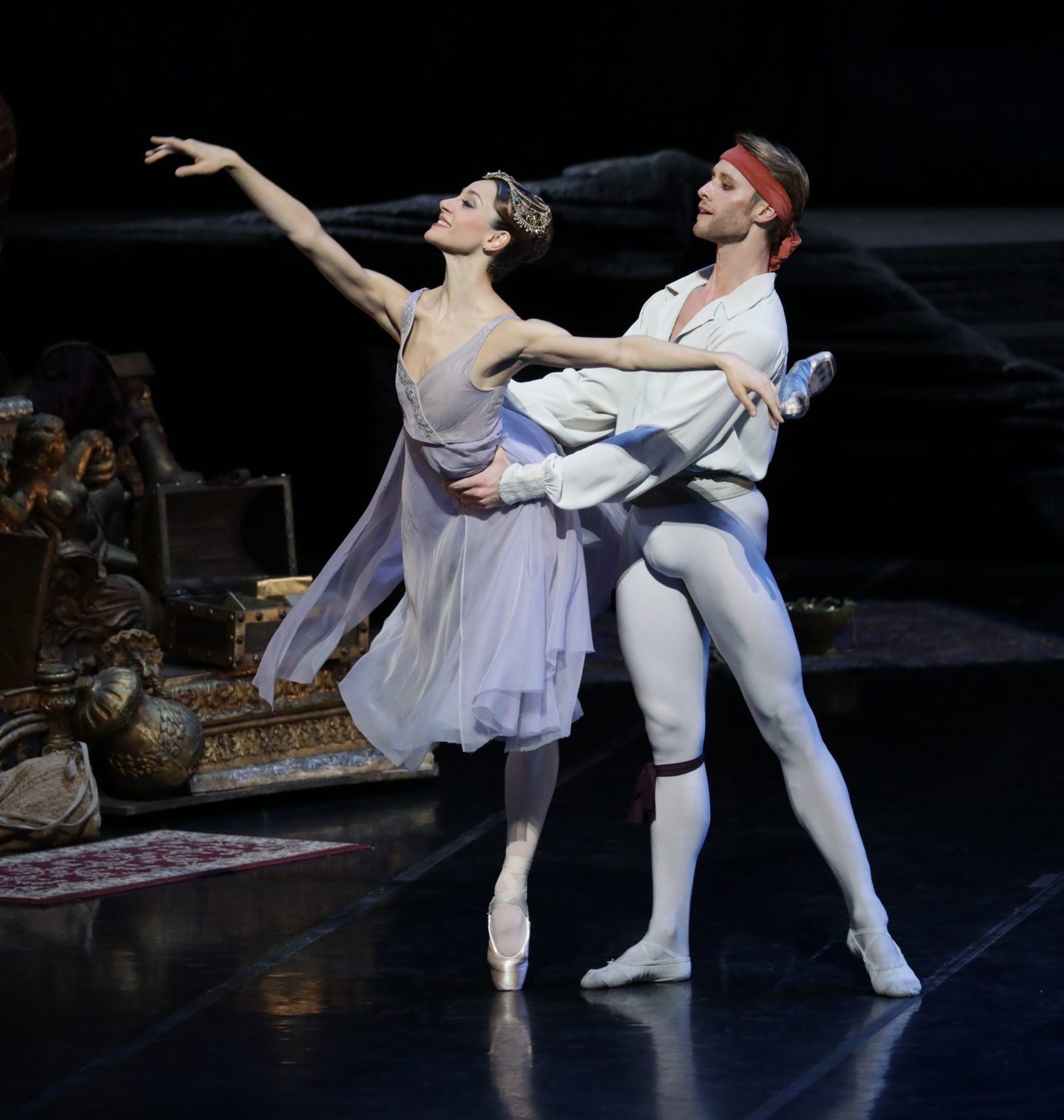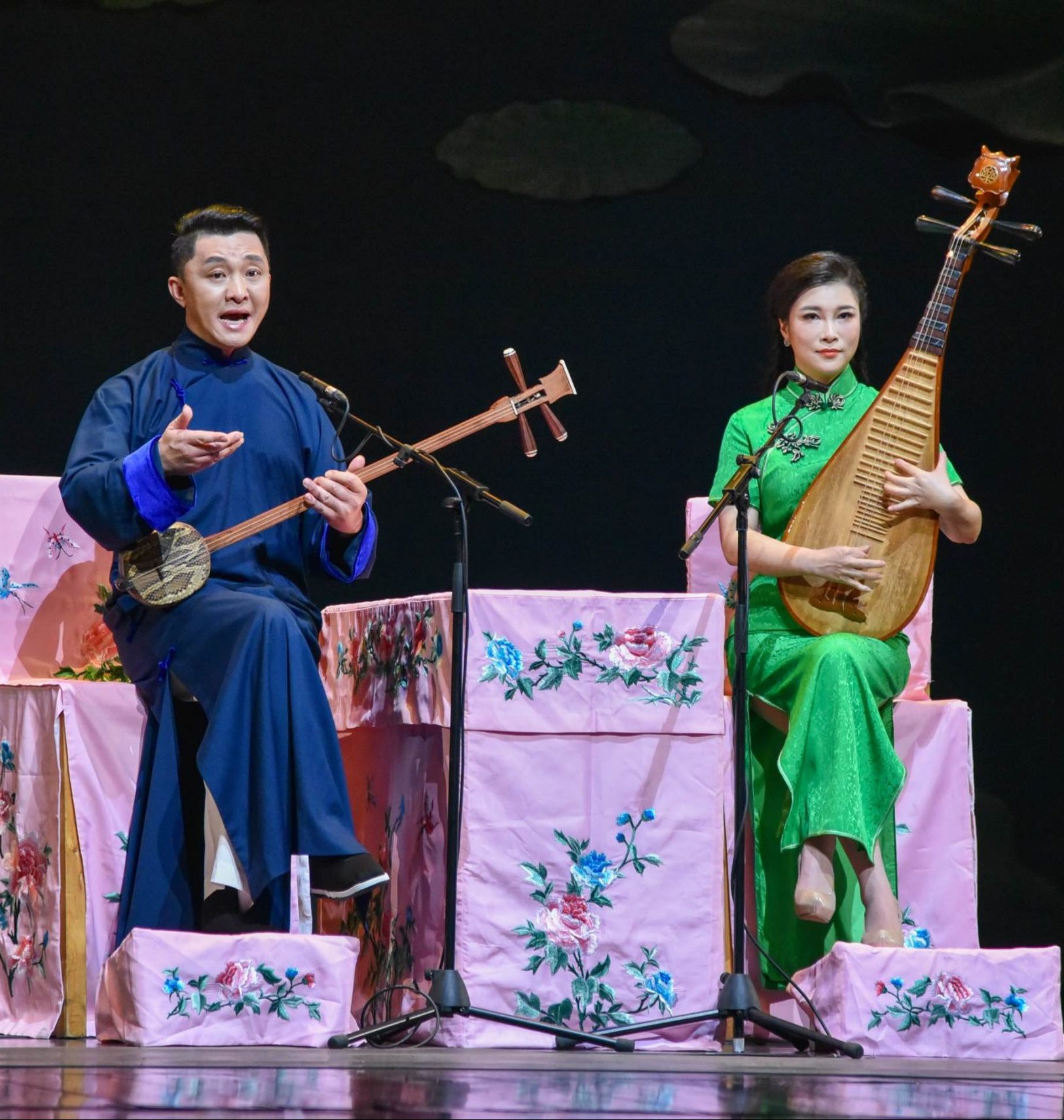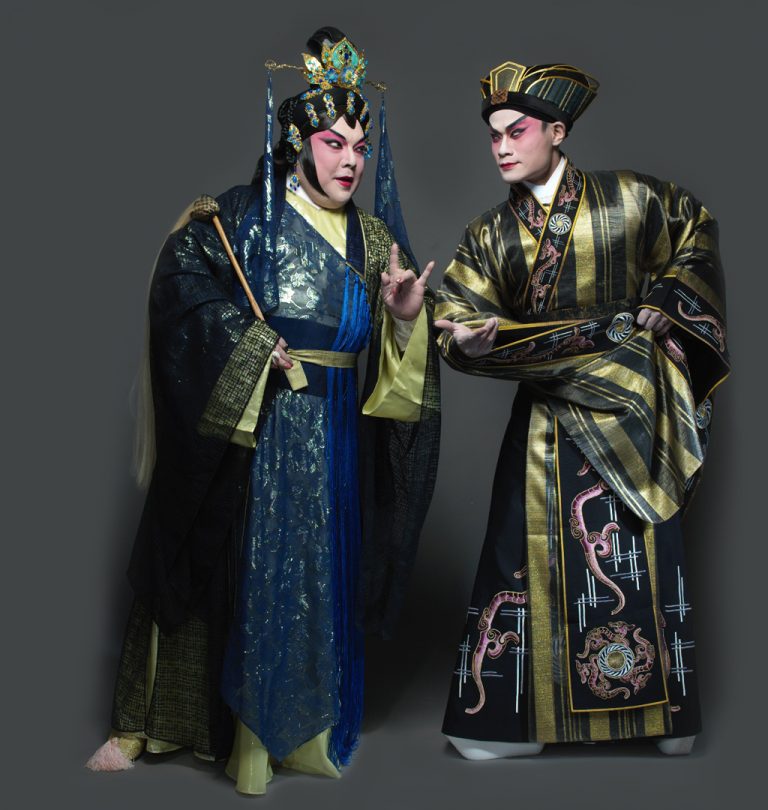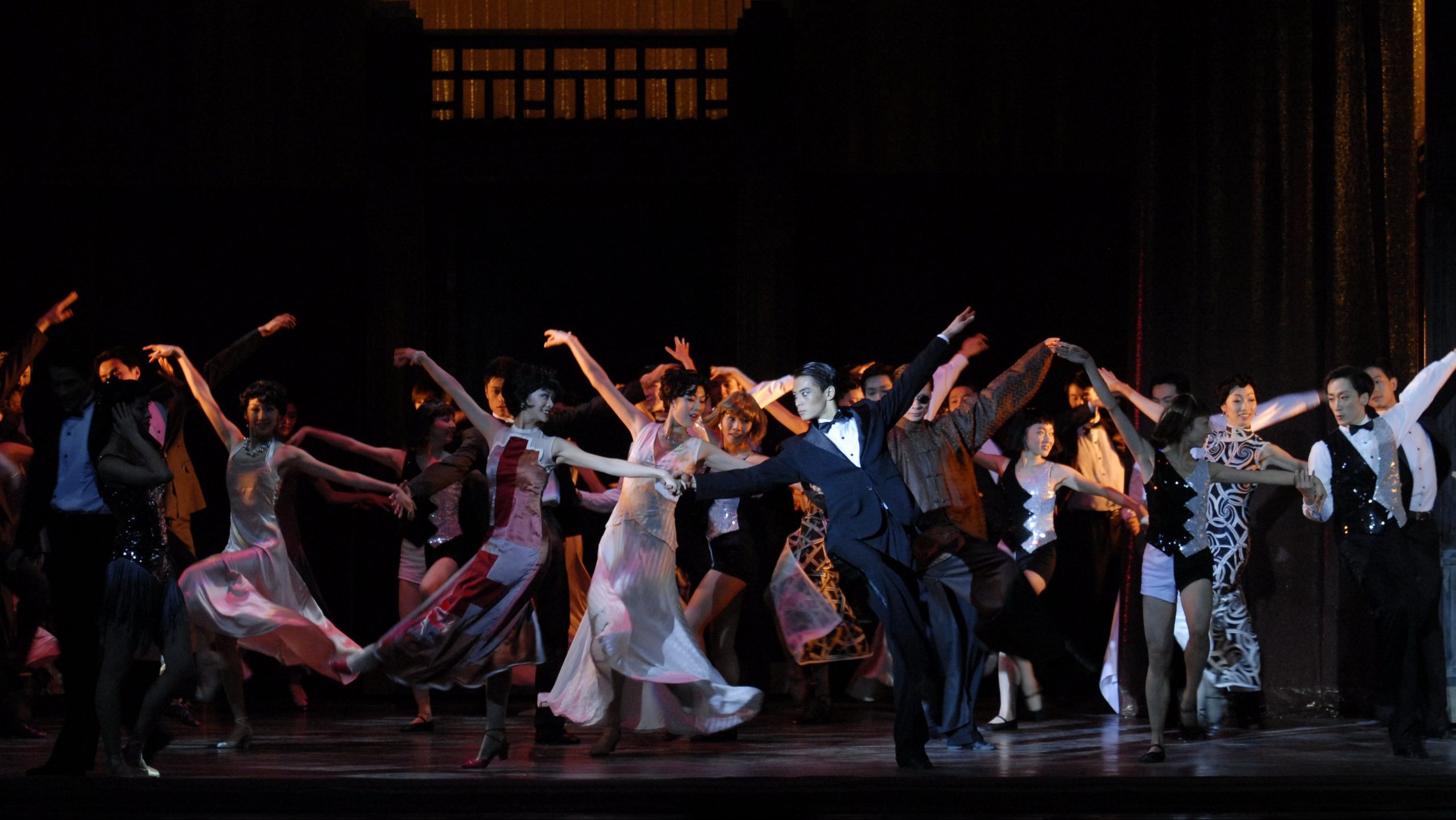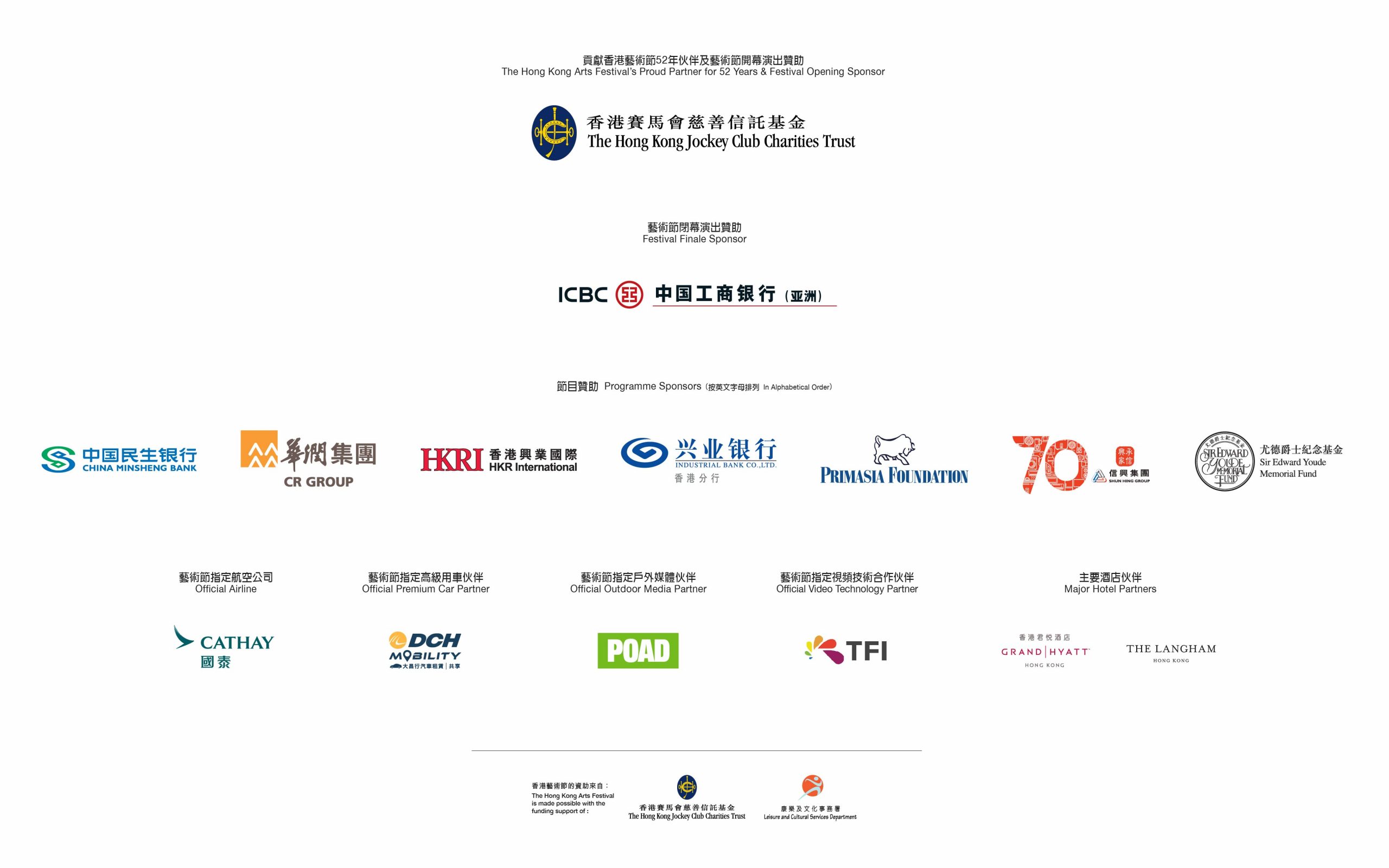At the time of its Paris premiere in 1856, Le Corsaire was hailed as a triumph of the ballet stage. The French Empress, after attending the debut performance, exclaimed that it was the most beautiful and touching production she had ever seen. Nearly two centuries later, the legacy of Le Corsaire and its swashbuckling romance can be felt worldwide. Historically, Milan's Teatro alla Scala and the Paris Opera Ballet were the first theatres to stage Le Corsaire and so it is fitting that the most recently acclaimed production of the ballet to arrive in Hong Kong is a product of the famous Italian ballet company. Manuel Legris, a retired star of the Paris Opera Ballet and now Ballet Director of Teatro alla Scala in Milan, merges the creative excellence associated with both companies to return a beloved classic to the stage with fresh clarity and elegance.
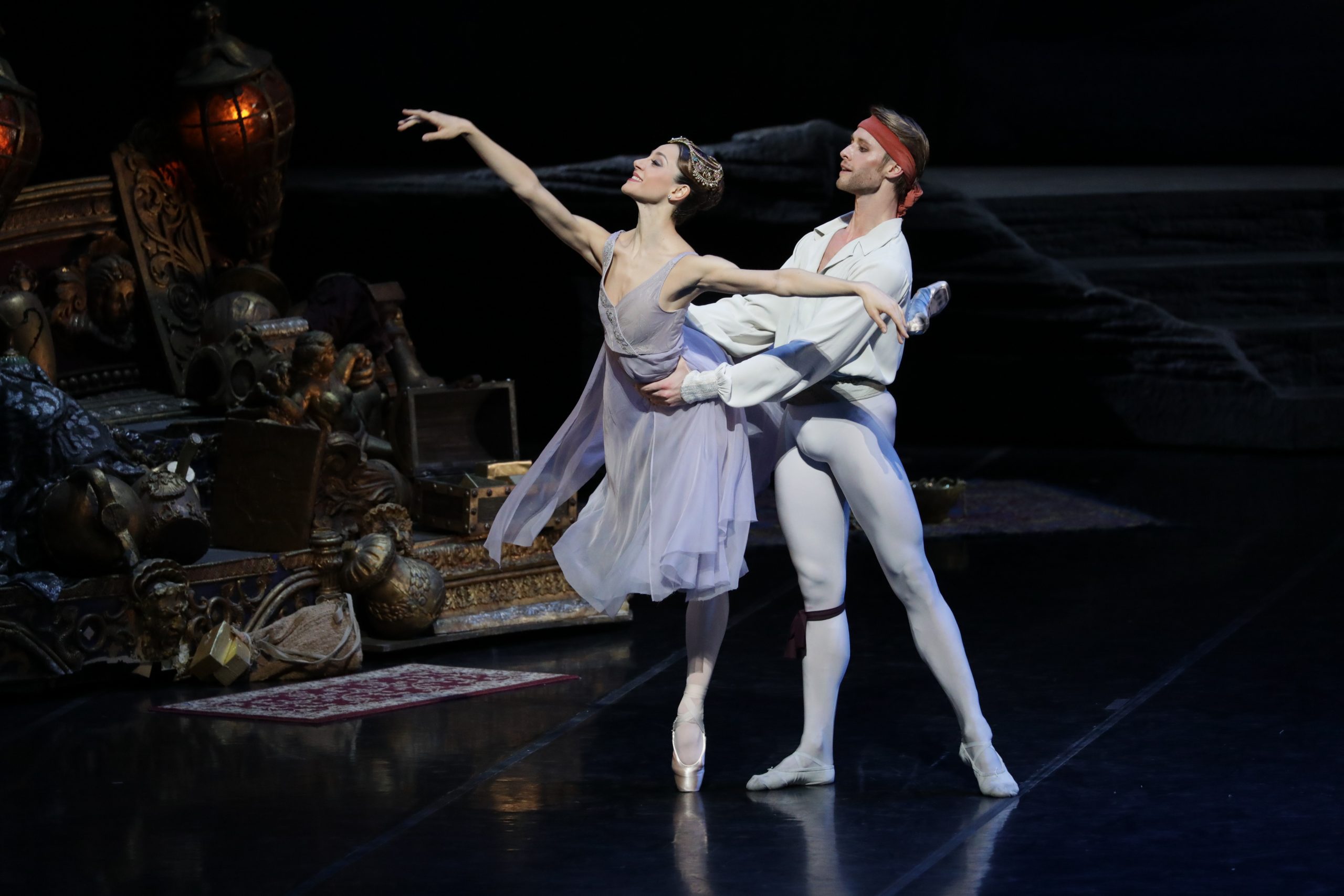
A Tale of Romance and Adventure
In 1814 the English author Lord Byron published a poem entitled The Corsair that inspired numerous European choreographers as early as 1824. Byron's verses relay the adventures of Conrad, a corsair (a term used for pirates employed by a government) who sails to Turkey, eager to unload his latest bounty. In Legris' version of the ballet, Conrad is accompanied by Birbanto, his second in command, and a band of pirates. Upon reaching land, they set out for the local bazaar. Meanwhile, neighbouring noblewomen Medora and Gulnare are out for a stroll with friends when Lankedem, the villainous bazaar owner, captures them in a ploy to sell the women into slavery. With the arrival of the pirates, Lankedem is eager to present Medora and Gulnare to potential buyers. Conrad and Medora are instantly drawn to one another romantically and the corsair promises to pay whatever price the seller demands for her. Just when it appears that Medora might be saved, the wealthy Sayd Pasha arrives and the scheming Lankedem decides to fetch an even higher price for the noblewoman. Gulnare and Medora are both sold to the Pasha, but a plot is quickly hatched to turn the tables on Lankedem's evil enterprise. Medora first ensures that Conrad does not view her as merchandise and urges him to free all the slaves. More kidnapping, betrayal and mayhem unfold before Medora and Conrad reunite.
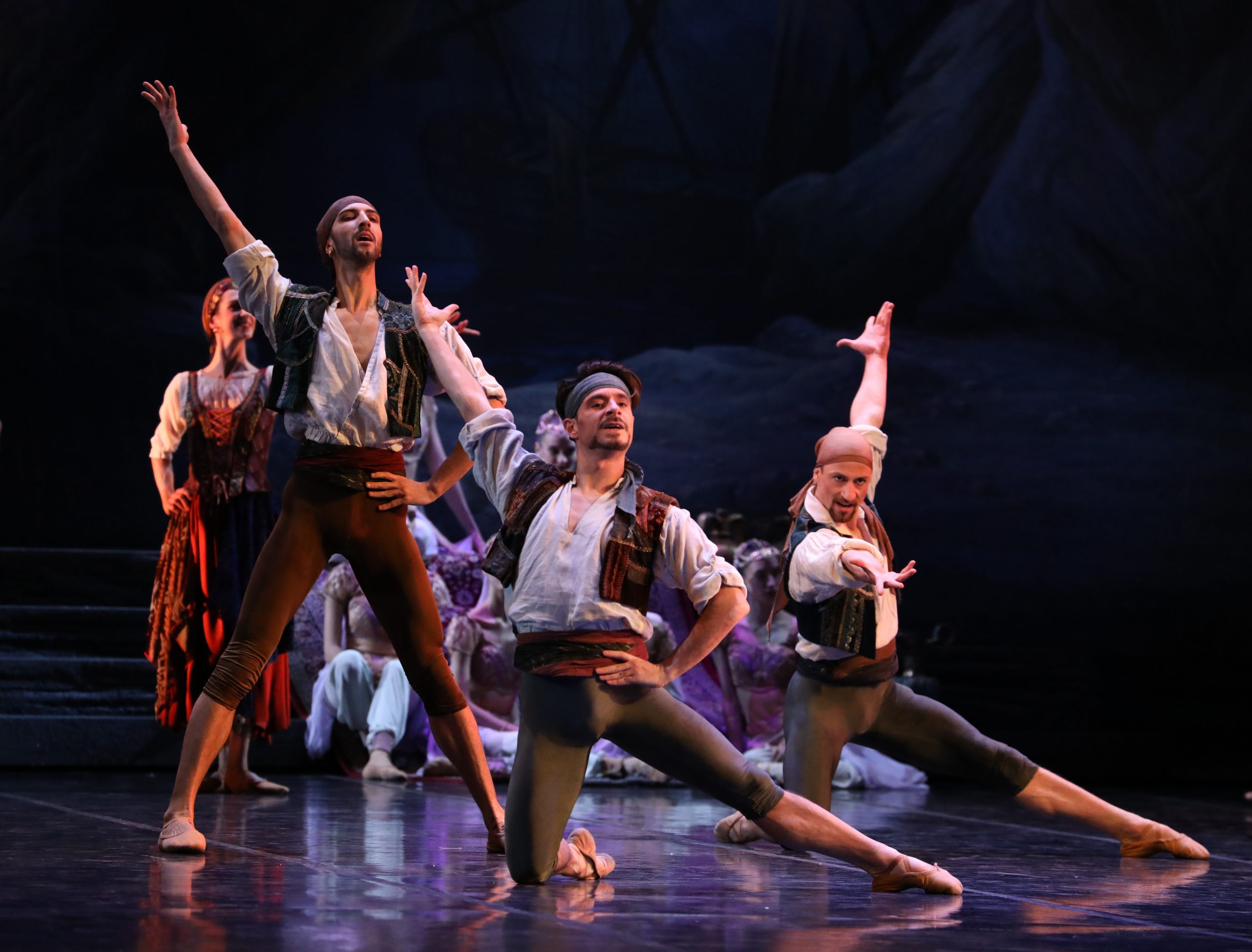
A French Star Updates Le Corsaire
Manuel Legris, a celebrated dancer at the Paris Opera Ballet for decades, has continued to make waves across Europe since his retirement from the stage in 2009. That same year, he took the reins of Wiener Staatsballet—Vienna's State Opera Ballet—updating the company's repertoire with both contemporary and classical works. He began to reimagine Le Corsaire in the Austrian capital in 2016, infusing his new production with simplified pantomime and narrative coherence, while restoring the ballet's style to French technique. In 2020, Legris was appointed Ballet Director at Italy's esteemed Teatro alla Scala, where the company's dancers excel at the refined classicism found in his version of Le Corsaire.
While Le Corsaire is historically considered a Romantic ballet—its music and libretto are credited to the same creative team behind Giselle, a ballet that epitomises the Romantic era—Legris' choreography is pure classicism. In contrast to versions that have been a staple of the Russian repertoire over the past century, Legris emphasises subtlety through delicate lines and light leaps. True to the French style, virtuosity never overshadows the clarity and grace of the steps.
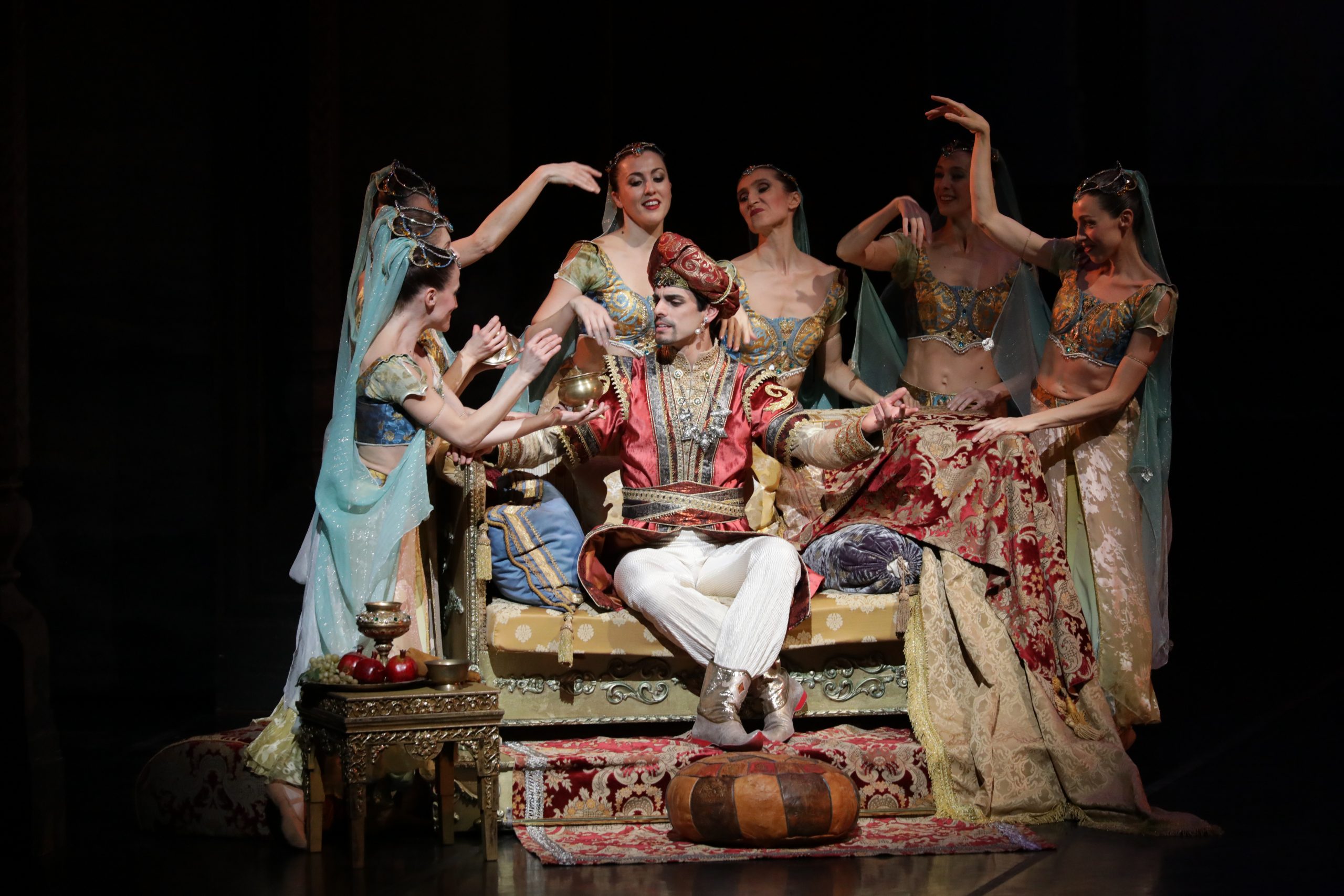
Excerpts from Le Corsaire are often performed at galas to exhibit the showmanship of Conrad's solo variations, but with the ballet presented in its entirety, Legris remains committed to telling the story of Le Corsaire. He does so by tapping into all its nuances, establishing a strong sense of mood and musicality in each act. The costumes have been updated by Luisa Spinatelli, whose successful designs maintain the ballet's traditional flowing silks and veils, while allowing the dancers to circulate weightlessly without unnecessary layers that distract from the intricate forms they sculpt in space.
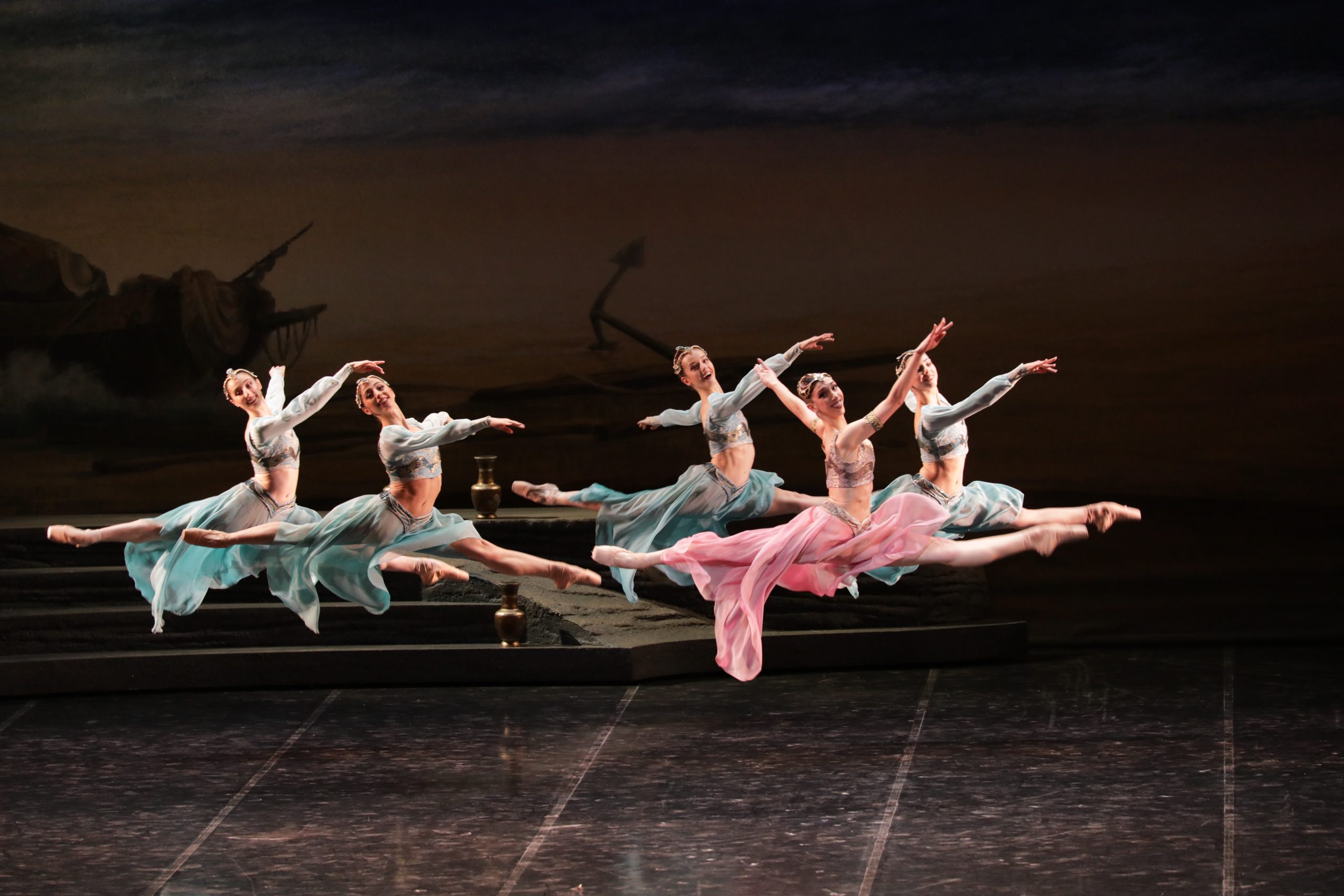
Sophisticated Choreography that Serves the Story
In act one, the audience is introduced to the leading women, Medora and Gulnare, surrounded by friends, before they are captured. Their expansive allegro work, composed of large leaps that gracefully traverse the stage, are lighthearted and playful, establishing the autonomy the women will soon lose.
For the vibrant bazaar scene, Legris has expanded the female role of Zulmea, a local who falls in love with Birbanto. Her lively rhythmic character dances with the pirate bring a bold vitality to the stage as a counterpoint to Conrad and Medora's beleaguered romance. The latter perform a slower sensual pas de deux in act one, characterised by supple backbends and supported turns that reflect the trials they must overcome.
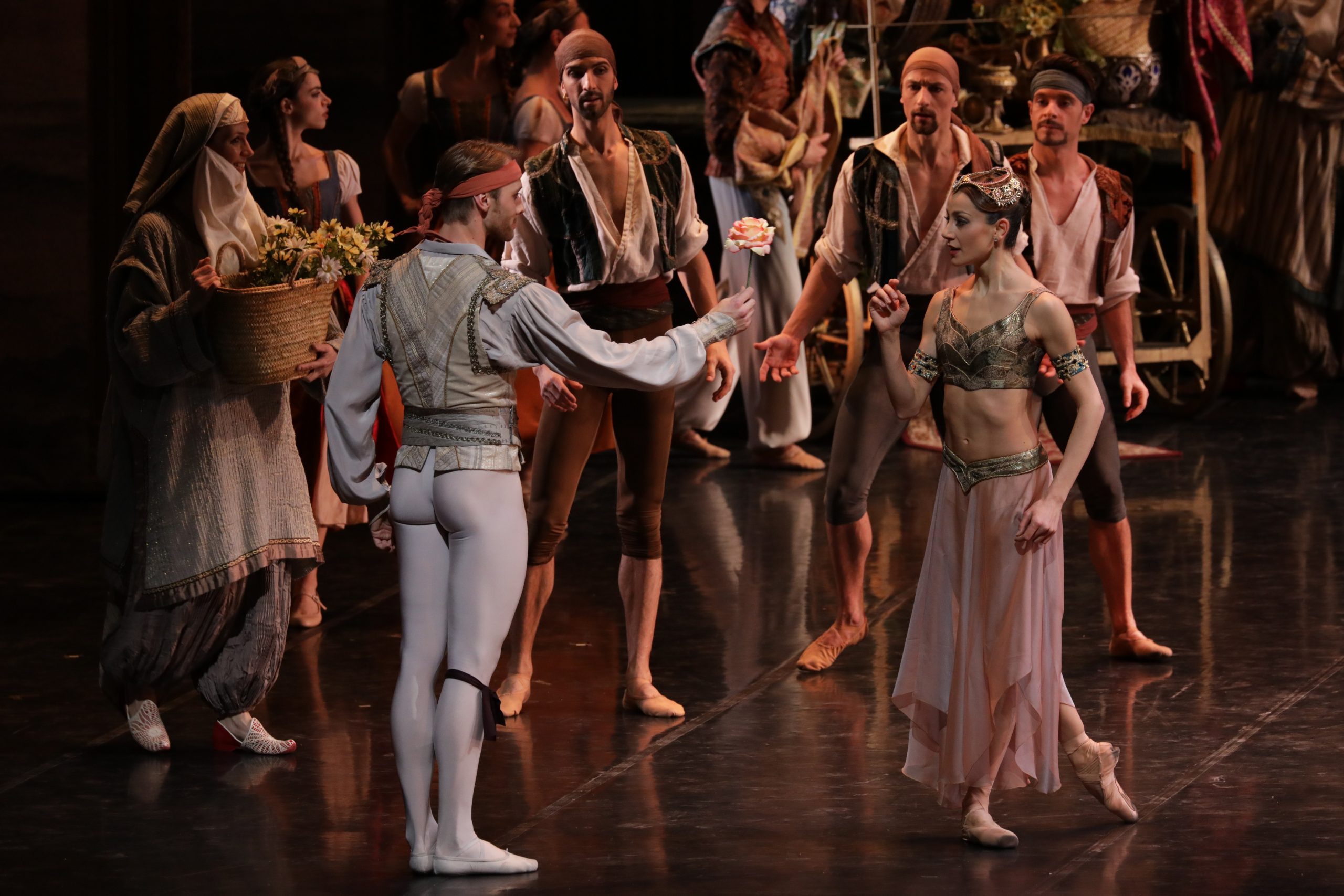
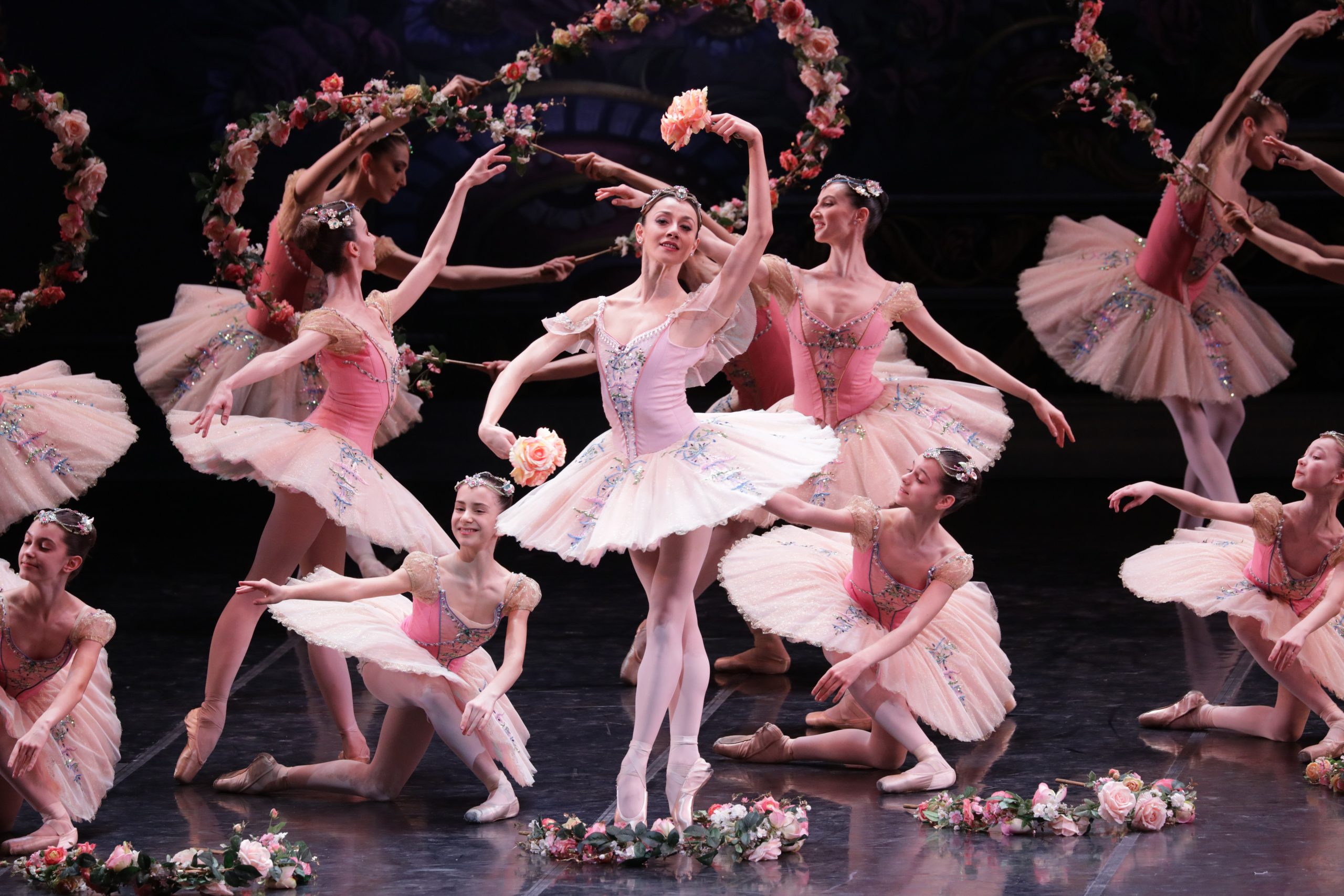
Audiences may recognise the ballet's most iconic solo variations in act two, during which Conrad and Medora perform before the corsair's friends at his cavernous hideaway. The couple's powerful movements confirm their heroic status. No longer simply impressive feats, Legris' variations have been restored to their community setting as a defiant declaration of love in the face of adversity.
At Sayd Pasha's harem, the celebrated trio known as the Pas de trois des Odalisques is a hallmark of the ballet's third and final act. During the Ottoman Empire, Odalisques were court ladies at the Turkish Sultan's palace. In Le Corsaire, Legris has created a distinct variation for each of them, characterised by fast-paced hops and balances on pointe, as well as compact travelling jumps and turns.
Legris' elegant large-scale production of Le Corsaire is an excellent vehicle to display the talents of Teatro alla Scala's ballet troupe. With numerous roles for soloists, Legris' multiple variations are musically and choreographically distinct, highlighting various stylistic elements of the French school, from exacting footwork to clarity of form, while advancing the narrative. Whether one reads the ballet as an enduring love story, a rejection of slavery (which was an important topic for 19th-century audiences), or a fairy tale, Legris' choreography creates the necessary space to consider all of the above.
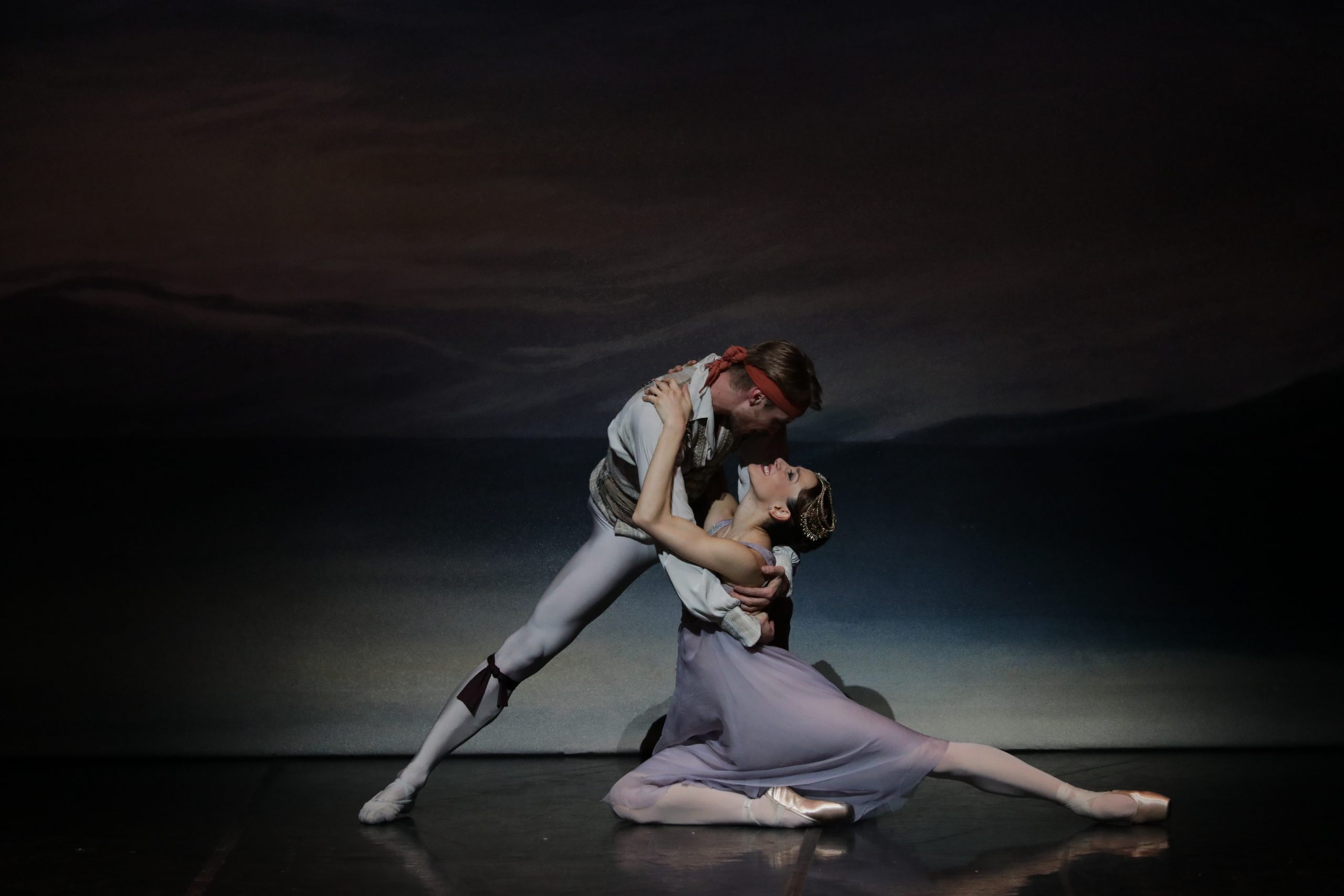
Teatro alla Scala Ballet Company (La Scala Ballet)—Le Corsaire
Date:15-17 Mar 2024
Venue:Grand Theatre, Hong Kong Cultural Centre
Details:https://www.hk.artsfestival.org/en/programme/La_Scala_Ballet?
